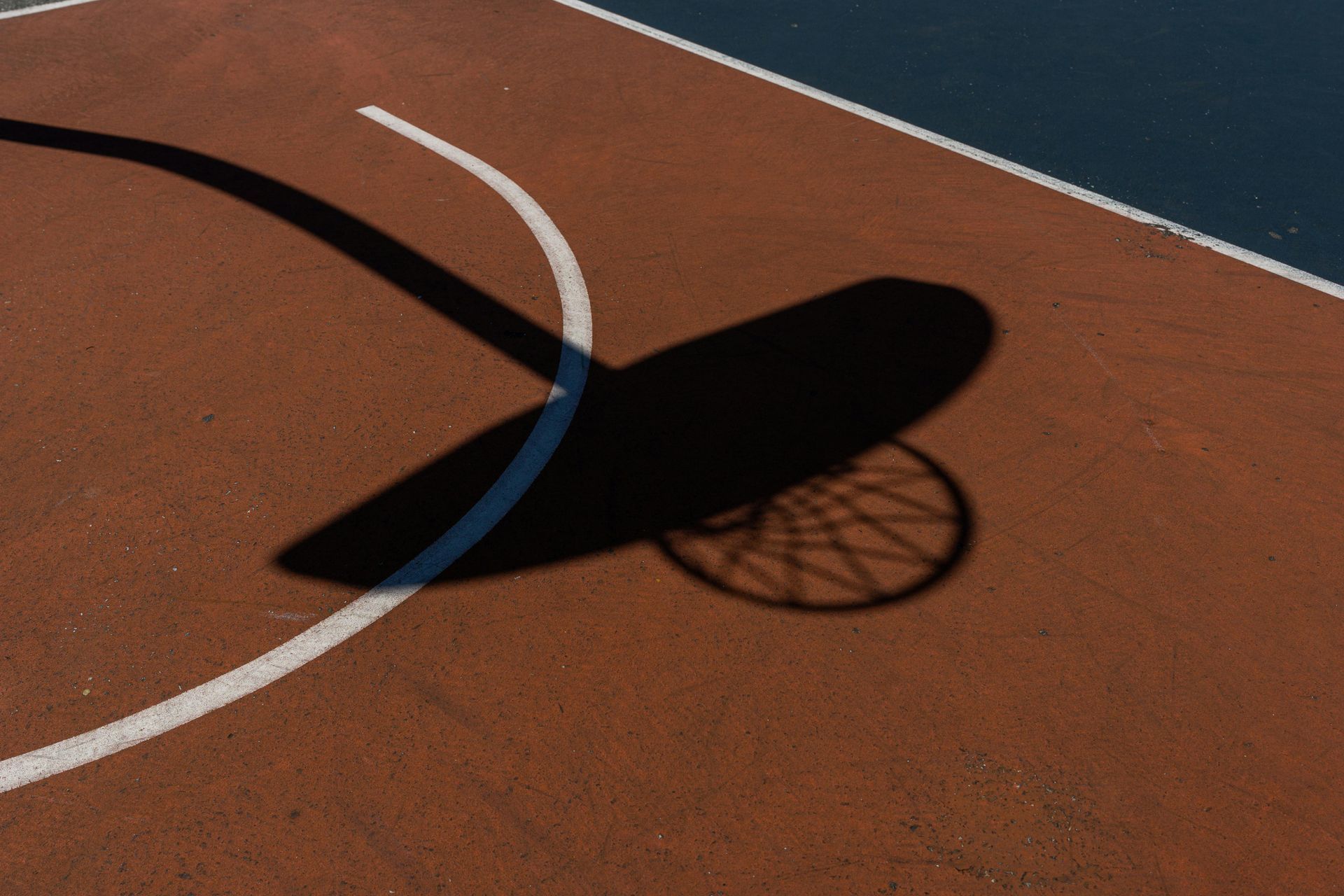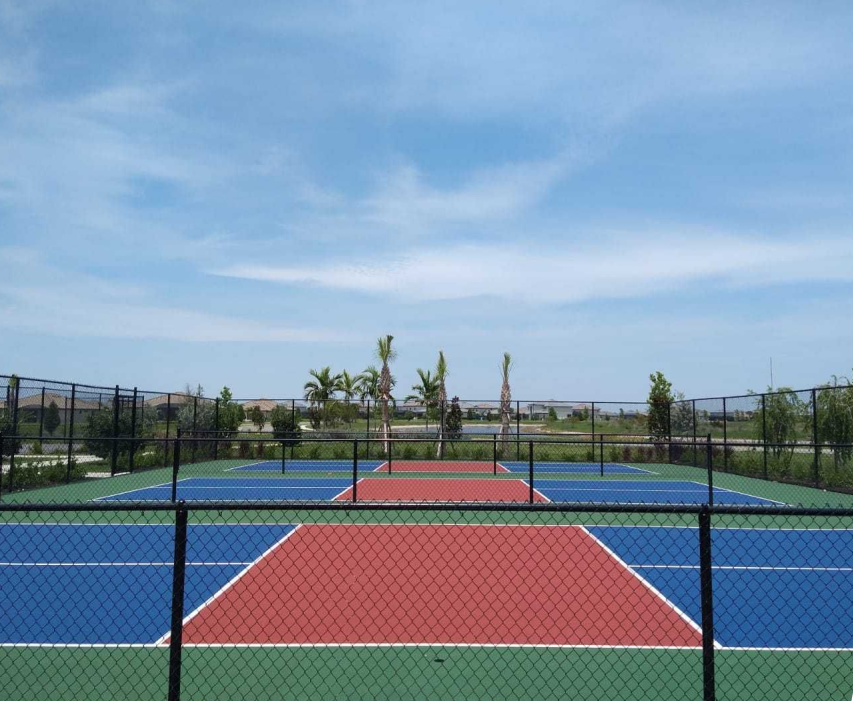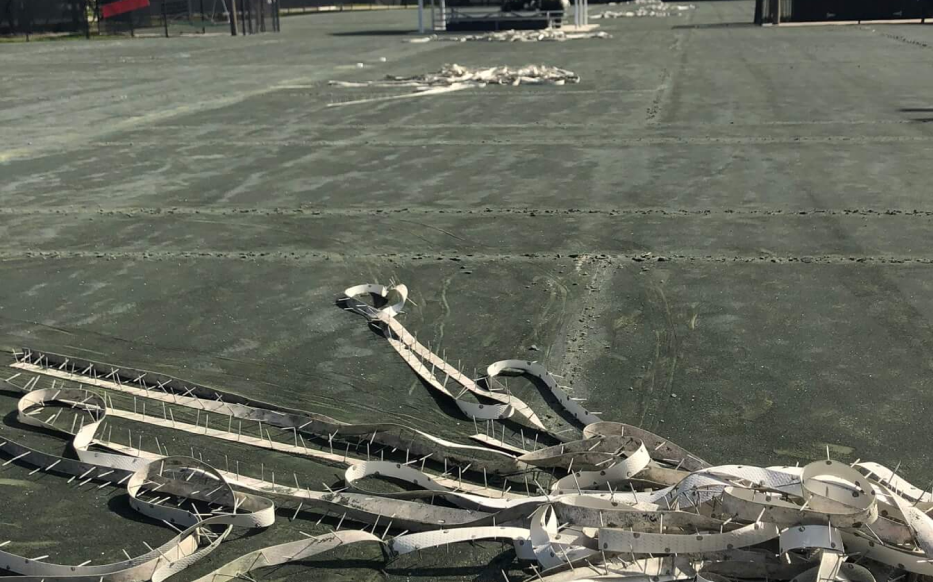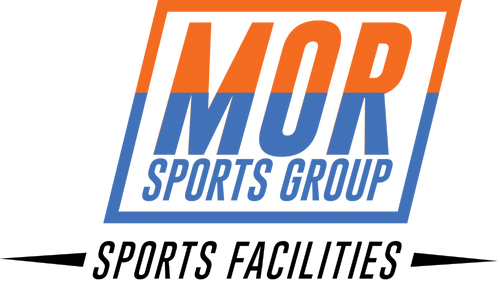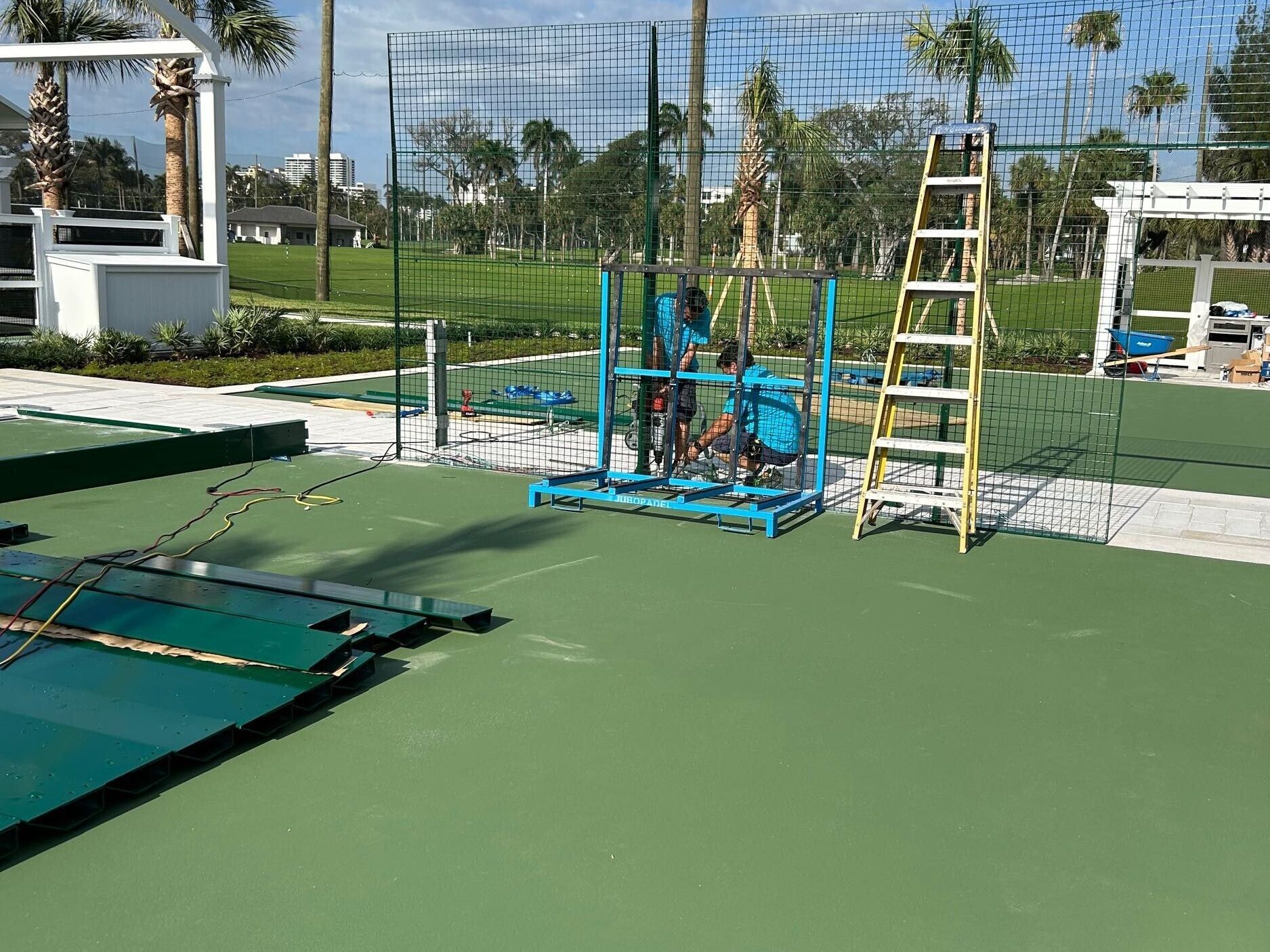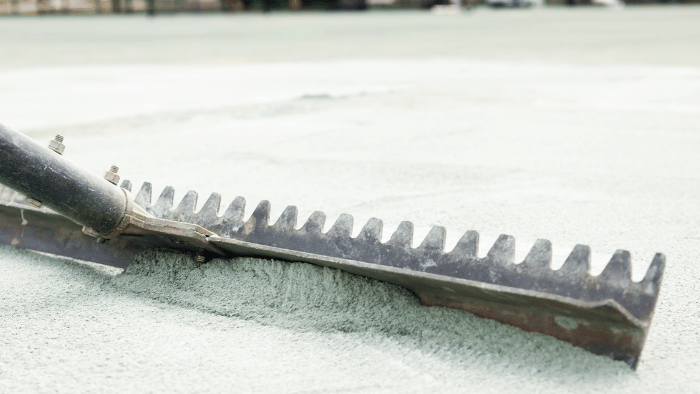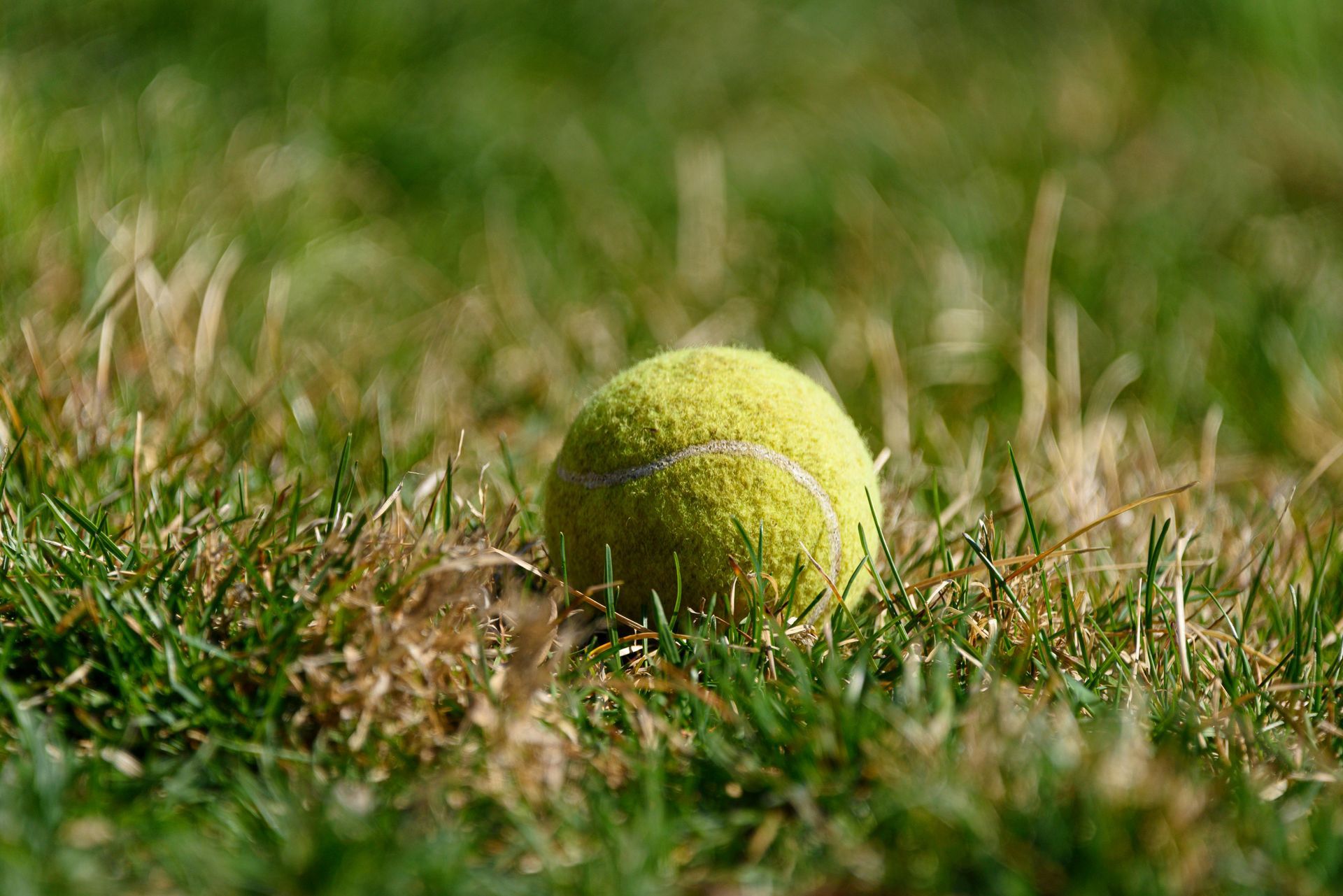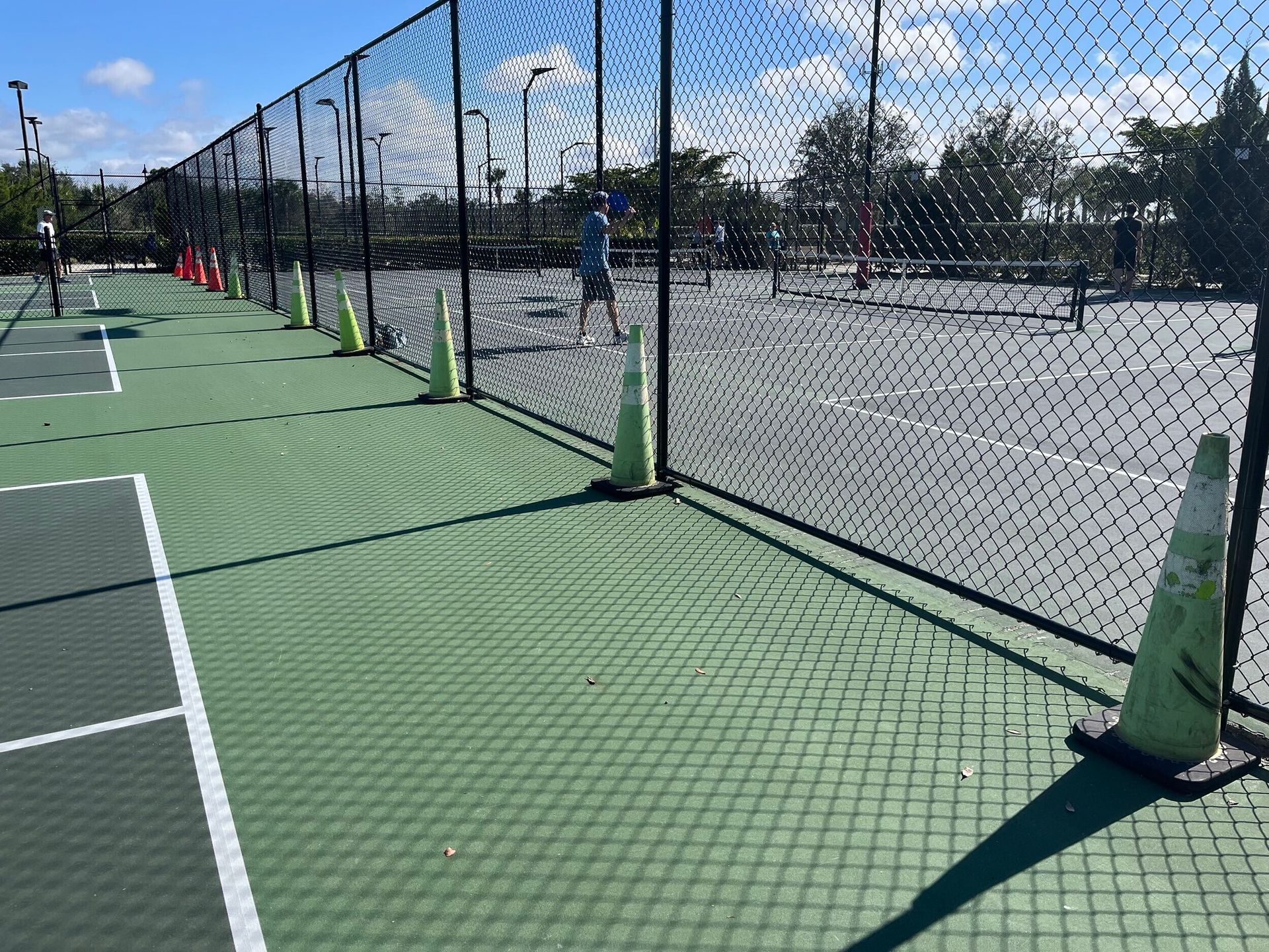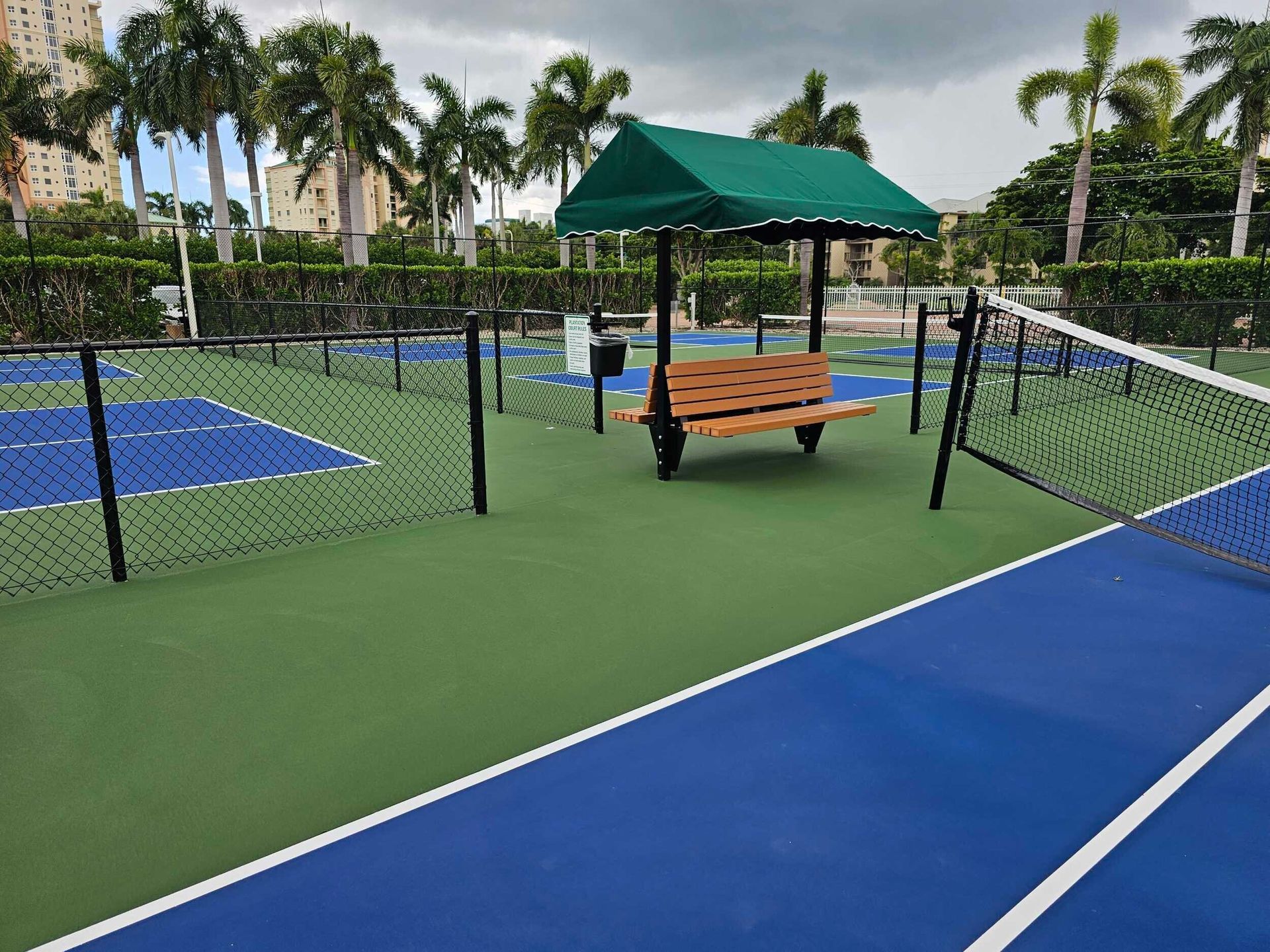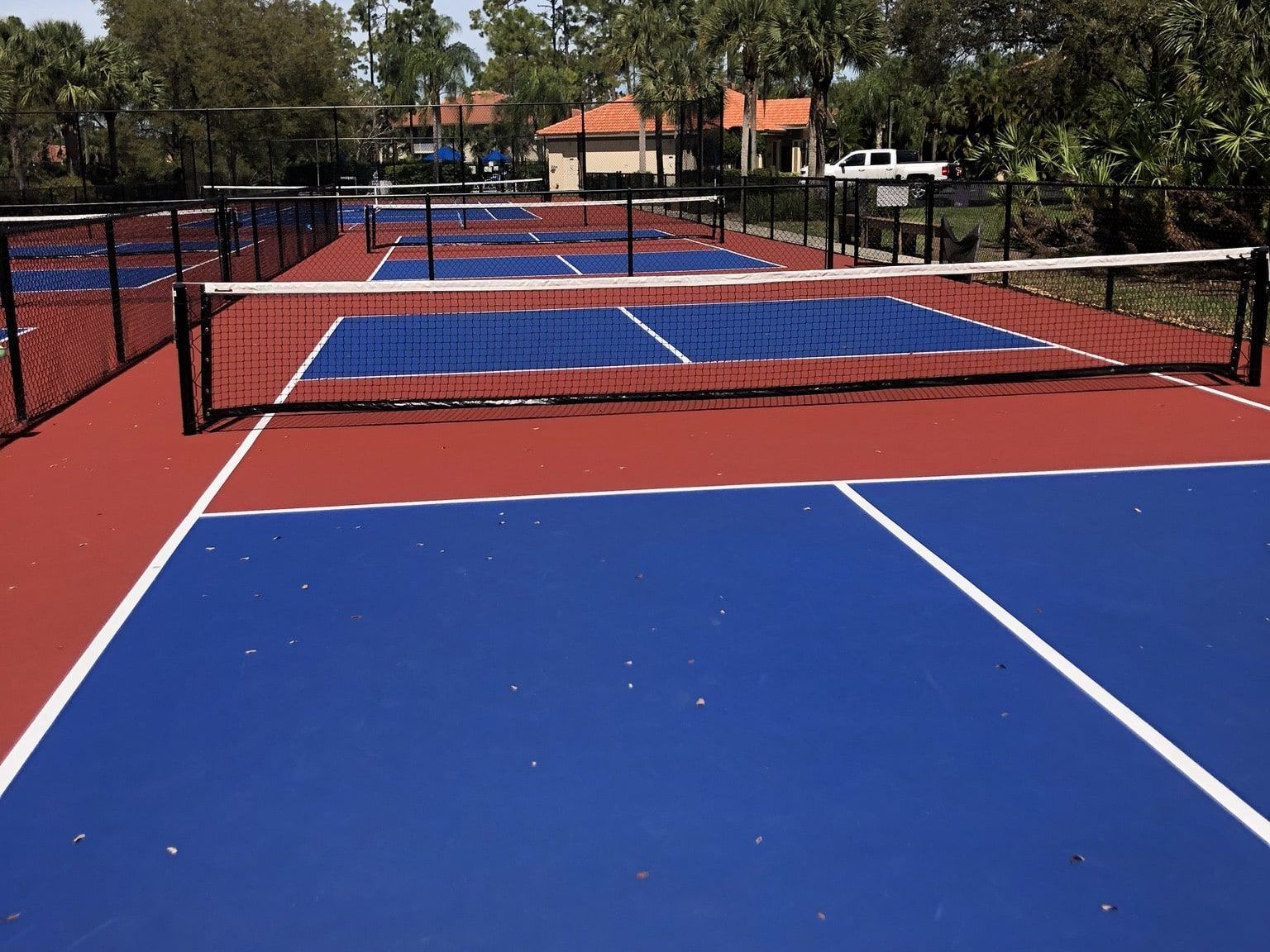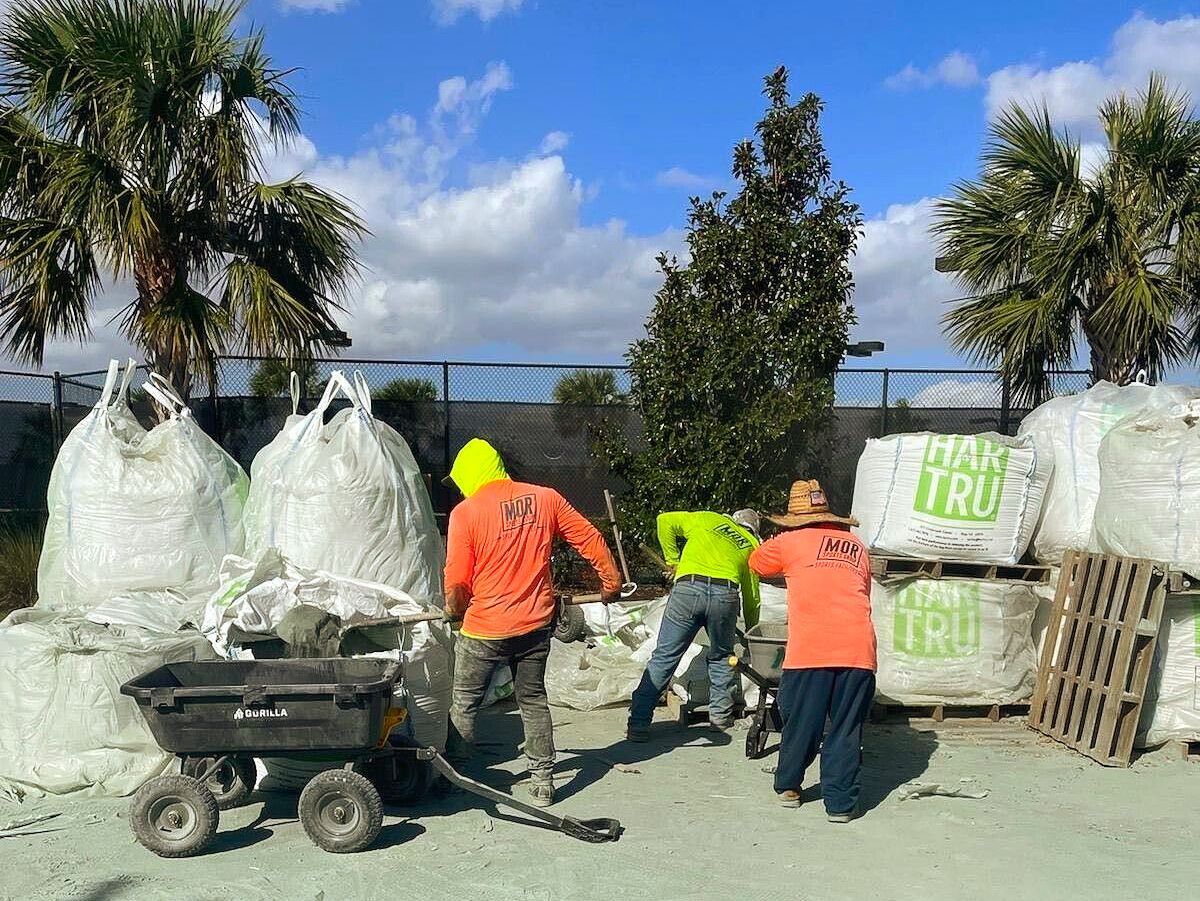Preparing for a Sports Court Construction: What You Need to Know
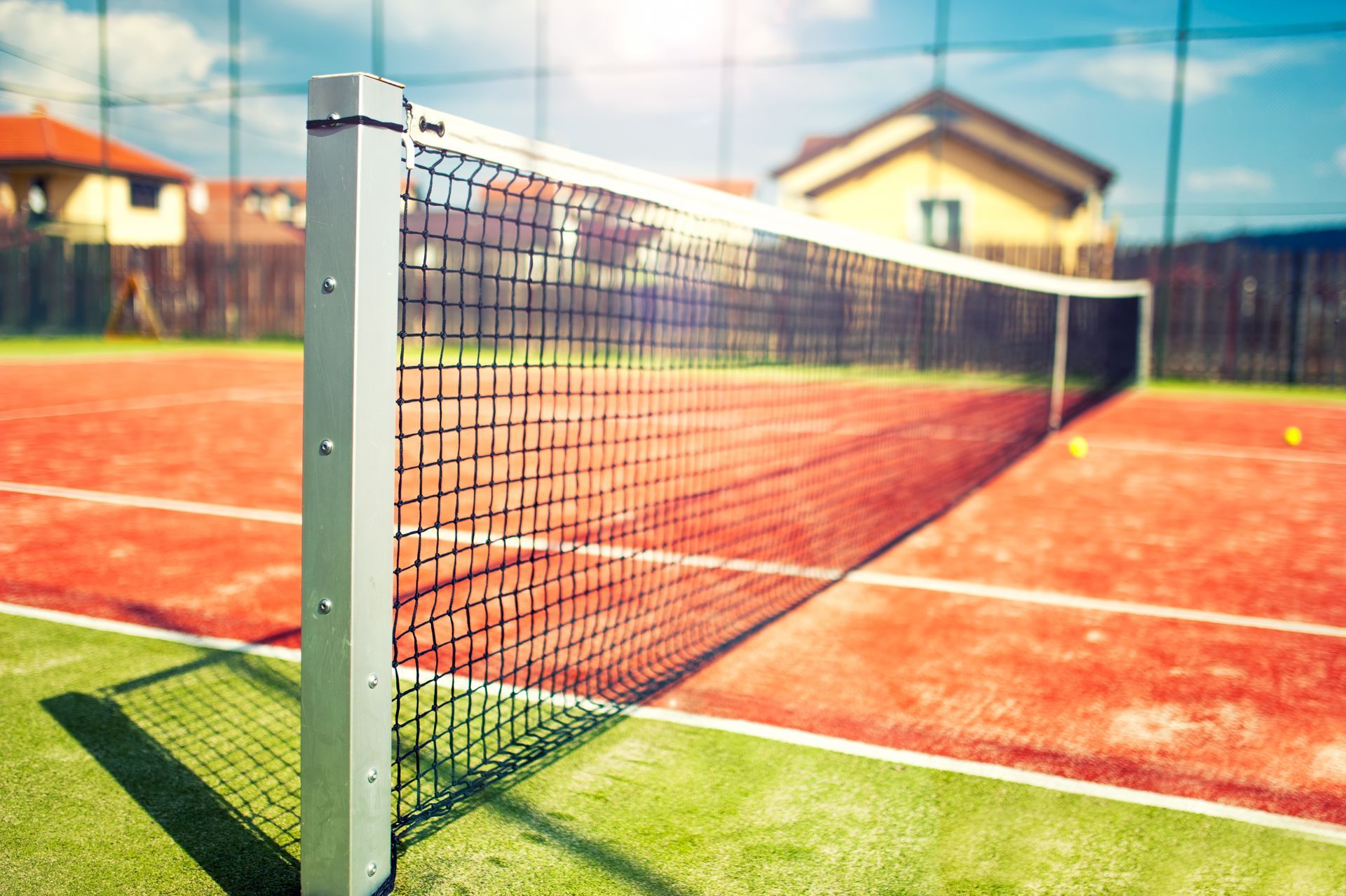
Building a sports court is a big project that needs careful planning and preparation. Whether it's for a school, community center, or private use, the right approach can make all the difference. Preparing well ensures that the court will be safe, durable, and enjoyable for everyone who uses it.
In this article, we will cover everything you need to know before starting your sports court construction. From choosing the right location and type of court to planning, budgeting, and hiring the right contractor, we’ll guide you through each step. Proper preparation not only saves time and money but also ensures that the final result meets your needs and expectations.
By following these guidelines, you can make the process smoother and more efficient, setting the stage for a successful sports court construction project. Let's dive into the key factors to consider to get your project off to a great start.
Choosing the Right Location
Picking the right spot for your sports court is crucial. The location affects everything from the court's usability to its longevity. First, consider the space you have available. Make sure there's enough room not just for the court itself but also for any surrounding areas needed for safety and convenience.
Accessibility is another key factor. The court should be easy to reach for all users, whether they're walking, driving, or using public transportation. If it’s too hard to get to, people might not use it as much as they could.
The surrounding environment also matters. Look for a location that’s free from large trees, as roots can damage the court surface and falling leaves can create extra maintenance work. Also, consider the amount of sunlight and shade the area gets, as this can affect the court's surface over time.
Before finalizing the location, it's important to do a site evaluation and soil testing. This helps ensure that the ground is suitable for construction and can support the court without issues. Soil testing can reveal any potential problems with drainage or stability, which need to be addressed before construction begins.
Selecting the Appropriate Court Type
Choosing the right type of sports court depends on how it will be used and your budget. Different sports require different types of courts, so it's important to pick the one that fits your needs best.
If you’re planning to build a tennis court, you might choose between hard courts, clay courts, or grass courts.
- Hard courts are durable and low-maintenance, making them a popular choice.
- Clay courts are softer and easier on the joints but need more upkeep.
- Grass courts provide a classic look and feel but require regular maintenance to stay in good condition.
For basketball, a hard surface like concrete or asphalt is common. These materials are tough and can handle the high impact of the game.
If you’re considering a multi-purpose court, synthetic surfaces might be the best option. They offer good performance for various sports and are easier on the players’ joints.
Think about how often the court will be used and by whom. For example, a school or community center might benefit from a multi-purpose court that can handle different activities. This can make the court more versatile and valuable to a larger number of people.
Your budget will also play a big role in deciding the court type. Some materials and designs are more expensive than others. It's important to balance cost with the benefits and longevity of the court. Investing in quality materials can save money on repairs and maintenance in the long run.
A well-maintained sports court looks great and makes a strong first impression. Fresh paint, clean surfaces, and clear markings create a professional look that enhances the overall experience for players and spectators.
Planning and Design
Importance of a Well-Thought-Out Design
A good design is the foundation of a great sports court. Planning the layout and features carefully ensures that the court will meet your needs and provide a good playing experience. Take the time to think about how the court will be used and what features are essential.
Key Elements of Sports Court Design
When designing a sports court, several key elements need to be considered:
Dimensions: Ensure the court meets the standard size for the sport. This ensures fair play and avoids any issues with regulations.
Layout: Plan the layout to include not just the court but also surrounding areas for safety and convenience. Think about where seating, fencing, and lighting will be placed.
Orientation: The court's orientation can impact play. For example, a north-south orientation for tennis courts can help minimize sun glare for players.
Involvement of Professional Designers and Architects
Working with professional designers and architects can make a big difference. They bring expertise and experience, helping to create a design that is both functional and aesthetically pleasing. Professionals can also ensure that the design meets all necessary regulations and standards.
Material Selection
Common Materials
Choosing the right materials is key to a durable sports court. Popular options include asphalt, concrete, and synthetic surfaces.
Factors to Consider
Durability: Pick materials that can handle heavy use and weather. Durable materials last longer and need fewer repairs.
Maintenance: Some surfaces need more upkeep than others. Consider how much time and money you can spend on maintenance.
Cost: Balance the initial cost with long-term maintenance expenses.
Material Pros and Cons
Asphalt: Cost-effective and provides good traction but can crack over time and needs sealing.
Concrete: Very durable and low-maintenance but can be hard on joints and more expensive to install.
Synthetic Surfaces:
Great performance and easier on joints, versatile for multiple sports, but may have higher upfront costs.
Making the Right Choice
Think about how often the court will be used, what sports will be played, and your maintenance capabilities. Consulting a professional can help you choose the best material.
Budgeting and Financing
Setting a realistic budget is crucial for your sports court construction. Start by listing all potential costs, including materials, labor, permits, and any additional features like lighting or seating. This helps you understand the total investment needed and plan accordingly.
Think about financing options if your budget is tight. You might consider loans, grants, or fundraising efforts. Look into community or sports organization grants that can help cover some costs. It's important to explore all possible avenues to secure the necessary funds without straining your finances.
Staying within budget can be challenging, but it’s important for the success of your project. Monitor your spending closely and adjust plans if needed to avoid overspending. Prioritizing essential elements and being flexible with non-essential features can help keep costs under control.
Permits and Regulations
Before starting construction, it's important to get all the necessary permits. These permits ensure that your project meets local building codes and regulations. Check with your local government to find out which permits are required for your sports court.
The process for obtaining permits can vary depending on your location. Generally, you will need to submit detailed plans and possibly go through inspections.
It’s a good idea to start this process early to avoid delays in your project. Make sure you have all the paperwork in order and understand the steps involved.
Following local regulations is crucial for the safety and legality of your sports court. These regulations cover everything from court dimensions to safety features.
Compliance not only prevents legal issues but also ensures the court is safe and ready for use.
Taking the time to get the right permits and follow regulations helps your project go smoothly and successfully.
Hiring the Right Contractor
Choosing the right contractor is crucial for a successful sports court construction. Start by researching local contractors with good reviews and a solid track record. Ask for recommendations from friends or online forums.
Check their credentials to ensure they are licensed, insured, and experienced with the type of court you want. Look at their previous work and, if possible, visit completed projects to see the quality.
Ask important questions about their experience, project timeline, and cost estimates. A good contractor will be transparent and willing to answer all your questions. Hiring experienced professionals ensures your court is built to high standards and gives you peace of mind.
Conclusion
Building a sports court requires careful planning. Choose the right location, court type, and materials. Plan your design, set a budget, and get necessary permits.
Hiring the right contractor ensures quality construction. Research and select experienced professionals for the best results.
At
Mor Sports Group, we offer expert guidance and top-notch services for sports court construction. Contact us to learn how we can help make your project a success.
